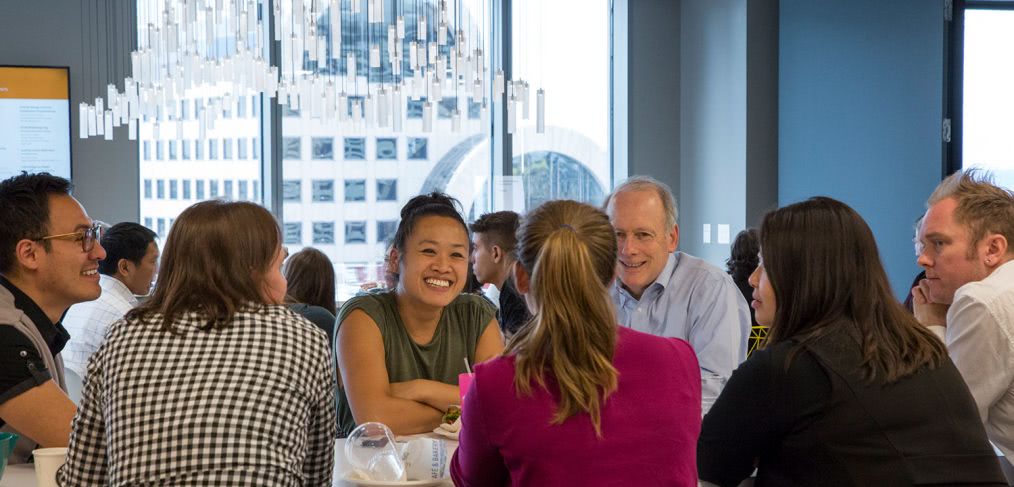
Igniting Innovation: Spark Week 2016 strives to stifle scarcity
CallisonRTKL’s offices around the world took on the issue of addressing scarcity through design during Spark Week.
Even as Spark Week 2016 draws to an official close, innovative ideas are still bouncing around the CallisonRTKL offices, and it can’t be overstated how inspiring it is to be surrounded by coworkers that are joining the race to solve some of our world’s most pressing issues.
This year, our week-long, firm-wide innovation workshop brought together individuals who are committed to using design to overcome challenges in our local communities. Our offices all over the world, from LA to NYC to Beijing, developed and shared ideas on the theme of scarcity and what we as designers can do to address this in our local communities.
How do you define scarcity? Scarcity can be examined and defined through a broad range of perspectives and scales. At a micro level, it might represent a lack of social interaction in a particular city neighborhood. Globally, scarcity encompasses unequal access to healthcare, food, water, public space and many other critically limited resources. Tackling the challenge of creating feasible solutions to the social, economic and political problems which encompass scarcity is a huge undertaking. But our goal at CallisonRTKL is to promote a better, more equal and more sustainable world, so we don’t shy away from the tough issues.
To engage with this topic, each office brought in a panel of speakers to provide a grassroots view of scarcity in their community. From a human rights activist in Dallas to a university professor in Mexico City and a banker in Beijing to a transportation engineer in D.C., each speaker helped spark conversations that led to the creation of concrete solutions.
These dialogues allowed each office to define what scarcity looks like in their community and how to approach it during the week. As Charles Eames said, “Recognizing need is the primary condition of design.” This was the fundamental challenge we set out— to define the needs and move together to design solutions that address them.
Through workshops, fieldtrips, and brainstorming sessions, our designers developed creative solutions to scarcity. Watching designers that work in different practice groups come together to take on global issues reinforced my belief that the solutions to our biggest problems will come through collaboration and group innovation. Offices presented these ideas last Friday and, through company-wide voting and deliberation, two winners were selected from the multitude of impressive entries.
This year’s design prize, selected by our Design Leadership Committee, was awarded to CallisonRTKL’s Baltimore office for their pioneering “Charm Ports” entry. Charm Ports are adaptable neighborhood centers that could be populated with mobile resource stations designed to tackle each community’s needs while also creating a safe, constructive neighborhood space. They aim to mitigate some of the stark disparities that exist in Baltimore in terms of access to resources such as healthy food, health services, education and jobs.
The People’s Choice award was a tight race, but the New York office’s exceptional entry came out on top. Their work addressed the scarcity of food, employment and community for Syrian refugees living in Jordan. “Re-cycle, Re-plant, Re-grow” creates a system of sustainable nursery pods built with one of the few resources that are available to refugees— empty plastic water bottles. These structures can be used to grow food, boost economic interaction and promote community.
We’re excited that both of this year’s winning entries will receive business case funding from Satellite, the Arcadis Global Innovation Program. Spark Week is about coming together to develop ideas to address some of our greatest challenges, and I’ll be excited to see how these innovations can go from plan to reality.
